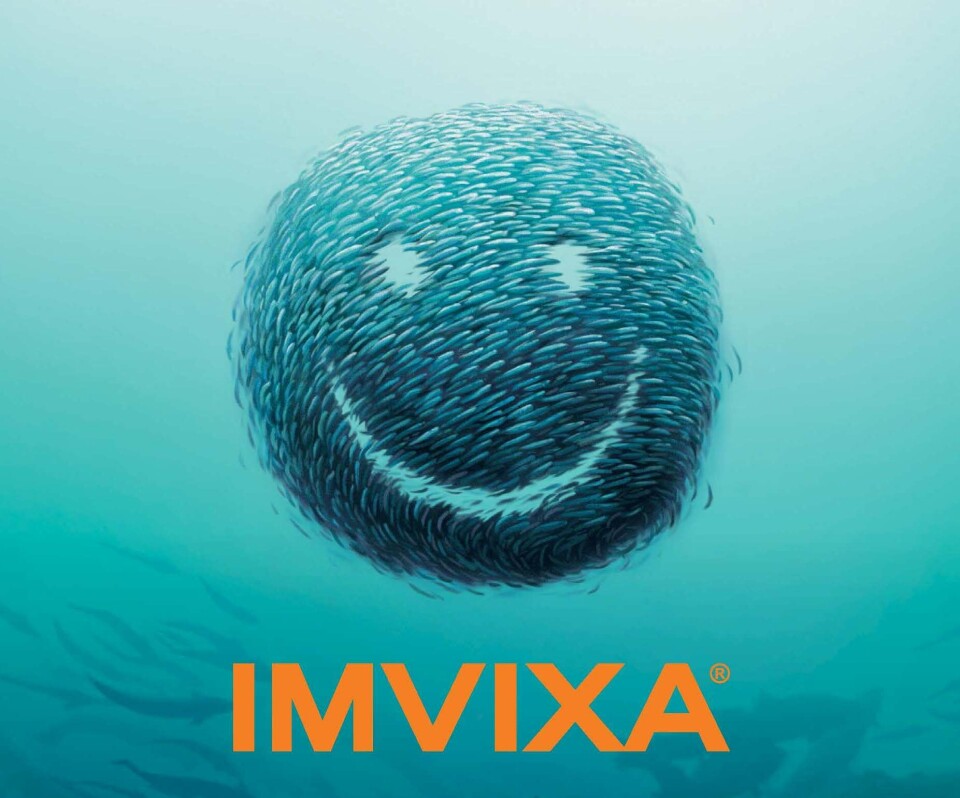
Anti-lice drug ‘helps growth, shortens cycle’
After a year of commercial use and years of tests of lice in Chile, a study has shown that lufenuron can provide more benefits than just preventing infestations of lice.
Elanco, which produces the anti-lice treatment Imvixa that contains lufenuron as its active ingredient, reports improvements in production performance and increased efficacy of bath treatments against lice.

Imvixa is an in-feed product that is given to smolts in RAS systems, prior to their release into sea cages. However, lufenuron - used to kill fleas on domestic pets - is not currently approved for aquaculture use in Scotland, Norway, Canada or the US.
Higher biomass
The drug was approved in Chile in November 2016, and has been used on over 90 million fish since then. In an epidemiological report conducted by Epivet on request from Elanco, improvements in production performance and increased efficacy of bath treatments against lice were found.
The analysis applied statistical and mathematical tools, and rated fish health information from 47 localities in Chile's XI region, which had an average 880,000 fish in cages. Overall the report was based on 67 production cycles, between 2010 and May 2017, ie using both commercial and in the test phase.
According to the report, farms that used lufenuron as part of their strategy against Caligus rogercresseyi, the most common louse species impacting salmonid farms in Chile, attained a higher biomass in a production time two or three weeks shorter, when compared with previous cycles.
150 grams of increased growth
Elanco stresses that it needs more data over time to make final conclusions, but now calculates an average of almost 150 grams of increased growth per fish, which works out at an average of an extra 132 tonnes per site.
The report also shows that the sites that used Imvixa performed fewer bath treatments against lice. Additionally, a tendency was observed for an increase in efficacy of bath treatments after the efficacy period of Imvixa was over, although it is not statistically significant.
Lufenuron belongs to the family of benzoylureas and inhibits the production of chitin – thereby interfering in the development of the louse’s exoskeleton, preventing it from reaching its adult stage.
Very low doses
Very low doses of Imvixa achieve therapeutic levels in the skin and subcutaneous tissue of treated smolts, repelling the parasite for a period of between six and eight months after treatment.
Fish Farming Expert reported last year that Elanco's bid for approval of lufenuron in the UK had been rejected, and the company has been vague about any attempt to try again. Last November a spokesperson said: “The UK salmon market is a very important market for Elanco. We are committed to providing our aquaculture customers in Scotland with the best tools to face the challenge of sea lice, giving them confidence in achieving success in sea lice control. To do so, we will continue to collaborate with the VMD and the SEPA to provide comprehensive and appropriate regulatory data for our product developments.”



















































